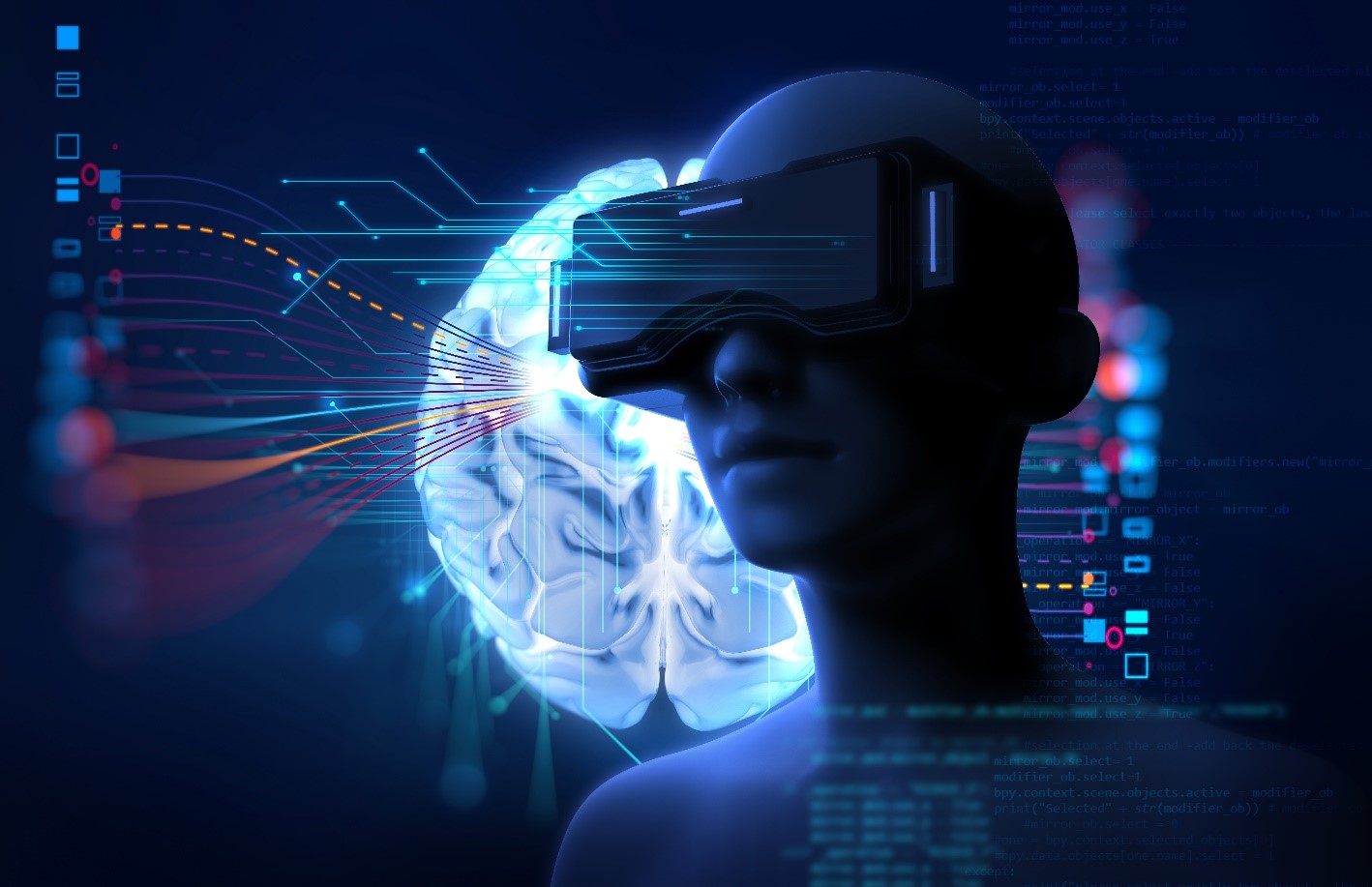In recent years, technological advancements have significantly transformed various sectors, including healthcare. One such innovation making waves is Virtual Reality (VR). Originally developed for gaming and entertainment, VR is now being utilized in a myriad of medical applications, including pain management. This article delves into how Virtual Reality is revolutionizing pain management, exploring its mechanisms, benefits, and future potential.
The Science Behind VR and Pain Management
Virtual Reality immerses users in a computer-generated environment, creating an interactive and multi-sensory experience. This immersion can be leveraged to distract patients from their pain, effectively reducing their perception of it. The underlying principle is based on the concept of “distraction therapy,” where attention is diverted from pain to an engaging and stimulating virtual environment.
Several studies have shown that VR can modulate pain perception by altering the brain’s processing of pain signals. When a patient is immersed in a VR environment, the brain’s attention resources are reallocated, thus diminishing the awareness and intensity of pain. This is supported by neuroimaging studies, which have demonstrated that VR can reduce activity in pain-related brain regions, such as the anterior cingulate cortex and the insula.

Applications of VR in Pain Management
Acute Pain Relief
VR has been particularly effective in managing acute pain, such as that experienced during medical procedures or postoperative recovery. For instance, during wound care or burn treatments, patients often endure severe pain. VR can provide a significant reduction in pain levels by immersing patients in calming and engaging virtual environments. Studies have reported that patients using VR during such procedures experience less pain and anxiety compared to those receiving standard care.
Chronic Pain Management
Chronic pain conditions, such as fibromyalgia, arthritis, and neuropathic pain, pose a significant challenge to healthcare providers due to their persistent nature. VR offers a novel approach to managing chronic pain by providing consistent and engaging distraction. Moreover, VR programs can incorporate therapeutic exercises and mindfulness practices, which can help patients manage their pain more effectively over time. Research has shown that regular VR sessions can lead to sustained pain relief and improved quality of life for chronic pain sufferers.
Rehabilitation and Physical Therapy
Physical therapy is a crucial component of pain management, especially for patients recovering from injuries or surgeries. VR can enhance physical therapy by making exercises more engaging and motivating. For example, VR-based rehabilitation programs can simulate real-world activities, allowing patients to practice movements in a controlled and immersive environment. This not only helps in pain reduction but also accelerates the rehabilitation process. Additionally, VR can provide real-time feedback and track progress, enabling personalized and adaptive therapy plans.
Advantages of VR in Pain Management
Non-Pharmacological Solution
One of the most significant advantages of VR in pain management is that it offers a non-pharmacological alternative to traditional pain relief methods. This is particularly important in the context of the ongoing opioid crisis, where there is a pressing need for effective pain management strategies that do not rely on addictive medications. VR can reduce the dependency on opioids and other painkillers, minimizing the risk of addiction and side effects.

Patient-Centered Care
VR provides a highly customizable and patient-centered approach to pain management. Virtual environments can be tailored to individual preferences and therapeutic needs, enhancing the overall patient experience. For instance, a patient who enjoys nature can be immersed in a serene forest, while another who prefers adventure can explore a virtual cityscape. This personalization can significantly improve patient satisfaction and engagement in their pain management plan.
Accessibility and Convenience
With the advancement of VR technology, VR headsets and software have become more affordable and accessible. This makes it feasible for healthcare providers to integrate VR into their pain management programs. Additionally, VR can be used in various settings, including hospitals, clinics, and even at home, providing flexibility and convenience for patients. Telehealth applications of VR are also emerging, allowing remote pain management and therapy sessions.
Challenges and Future Directions
While the potential of VR in pain management is promising, several challenges need to be addressed to fully harness its benefits. One of the primary concerns is the need for rigorous clinical trials to establish standardized protocols and validate the long-term efficacy of VR-based interventions. Additionally, there is a need for training healthcare professionals to effectively implement and manage VR programs.
Another challenge is ensuring the accessibility of VR technology for all patients, including those with limited technological proficiency or financial constraints. Efforts should be made to develop user-friendly and cost-effective VR solutions that can be widely adopted.
Looking ahead, the future of VR in pain management is bright. Advances in VR technology, such as improved graphics, haptic feedback, and artificial intelligence, will further enhance the immersive experience and therapeutic potential. Integration with other emerging technologies, such as biofeedback and wearable sensors, can provide real-time monitoring and adaptive interventions, creating a comprehensive pain management ecosystem.
Conclusion
Virtual Reality is poised to revolutionize pain management by offering an innovative, non-pharmacological, and patient-centered approach. Its ability to distract, engage, and immerse patients provides significant pain relief and improves the overall quality of life. As research continues to validate its efficacy and technology advances, VR will likely become an integral part of pain management strategies, offering hope and relief to millions of patients worldwide.




